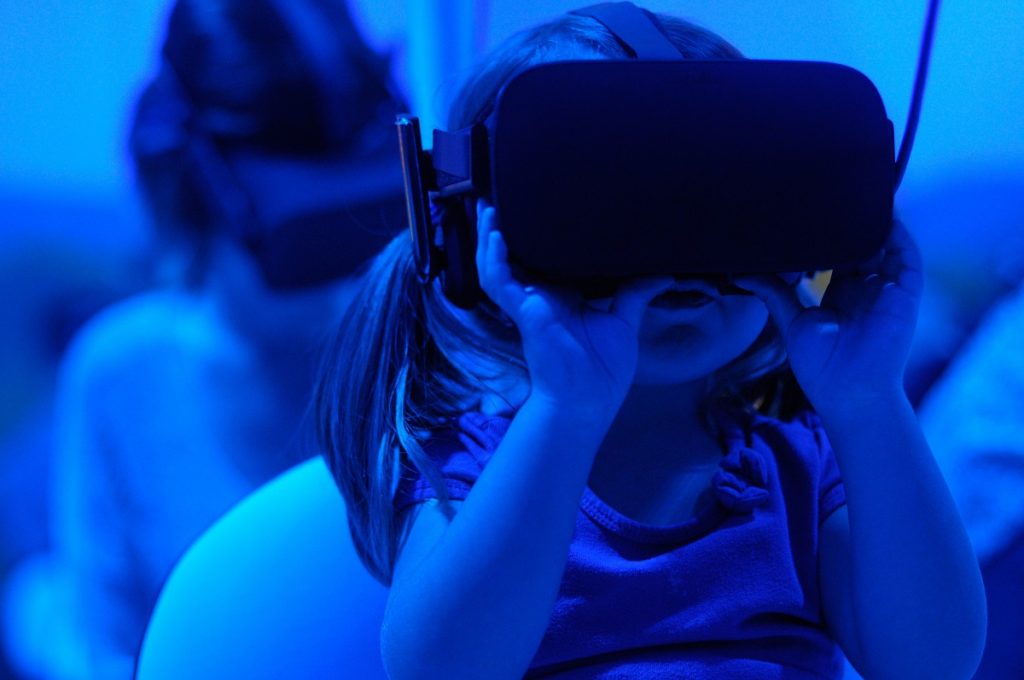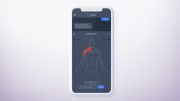Throughout history, we have sought to discover or create methods for relieving and managing pain. Whether herbal drinks or physical treatment like acupuncture, many of these classic approaches have lasted the test of time, however, their efficacy is questionable and research has a hard time definitively proving their capabilities. Many of these ways to treat pain are listed on the Rolling Paper website along with additional medical advice and information. Pain killer medication has far better results, scientifically proven to reduce many types of pain, however stronger pain killers for more chronic pain come with the potential for developing tolerance and requiring higher and higher doses to get the same effect.
Our understanding of pain has gotten better in recent decades, as numerous modern methods of relieving and managing pain have surfaced. The question is, which of these are fads, and which have the potential to transform how we approach pain relief? In this article from Pharmica pharmacy, we explore 5 new technologies that offer alternative methods of managing pain.
-
Heated TENS Devices
TENS devices (short for transcutaneous electrical nerve stimulation) have been around for some time now in the treatment of muscle and joint pain and for migraines, treating pain by sending an electrical pulse over the skin via gel pads, interacting with your nerves to prevent pain signals reaching the brain. Where devices like the HEAT Pain Pro device differ is it combines TENS with heat therapy, another timelessly popular method of controlling pain locally. The dual approach warms the muscles which relaxes them, while stimulating endorphin release through the electrical signals transmitted. These devices are starting to be used by doctors and health care professionals in place of regular TENS machines.
-
Radiofrequency Ablation
Another alternative approach to pain relief is radiofrequency ablation. This minimally invasive non-surgical procedure involves a radiofrequency current passed to an area of nerve tissue where it heats it up, interrupting the transmission of pain signals. Typical applications include relieving pain in nerves on the spine, hip or knees. The process is safe, and has proven effective in 70% or 80% of people with successful nerve blocks. The procedure isn’t currently best suited for consumer device use due to the surgical-esque nature of conducting the process, however it can provide long-term relief from pain so is worth it. One study found over half of the RFA patients experienced lasting relief beyond the 6 month period. Increased demand is anticipated in future with an aging population and more people suffering from chronic pain in old age.
-
ActiPatch
Another non-invasive and medication-free method of managing pain is using the electroceutical device ActiPatch. The device works by emitting electromagnetic signal pulses into whichever area you are experiencing pain, roughly 1000 pulses each second, stimulating your nerve neuromodulation to reduce pain sensations. It does all this without producing a vibrating or uncomfortable feeling, so is truly unobtrusive. Each patch can last up to a month of continuous use, and they come with on/off modes for your preference. This treatment is more for muscle and joint pain, but for something like migraine pain, Sumatriptan is more effective.
-
BurstDR Stimulation
This treatment looks to change the way that doctors approach the treatment of chronic pain. Chronic pain has typically been treated with spinal cord stimulations (SCS), and this treatment is similar however it sends bursts of pulses that have patterns similar to that of our natural nerve impulses. A doctor implants a small device on the spinal cord which attaches to a power source via a thin wire. Incredibly, it can change the perception of pain in the brain, being very effective at relieving chronic pain. There is also no risk of developing a tolerance for this therapy like there is with SCS.
-
Virtual Reality for Managing Pain
Perhaps a more unexpected addition to this list, Virtual Reality (VR) has the ability to immerse a patient in engaging environments, providing a full body sensory experience that can help distract from and control severe short term pain. The therapy is being increasingly used in pregnant women to ease the pains of childbirth. Another application is in limiting the excruciating pain that arises when nurses change the bandages of severe burn victims, where VR gaming has proven effective. The full attention that these immersive experiences require is in part a reason for their effectiveness.






